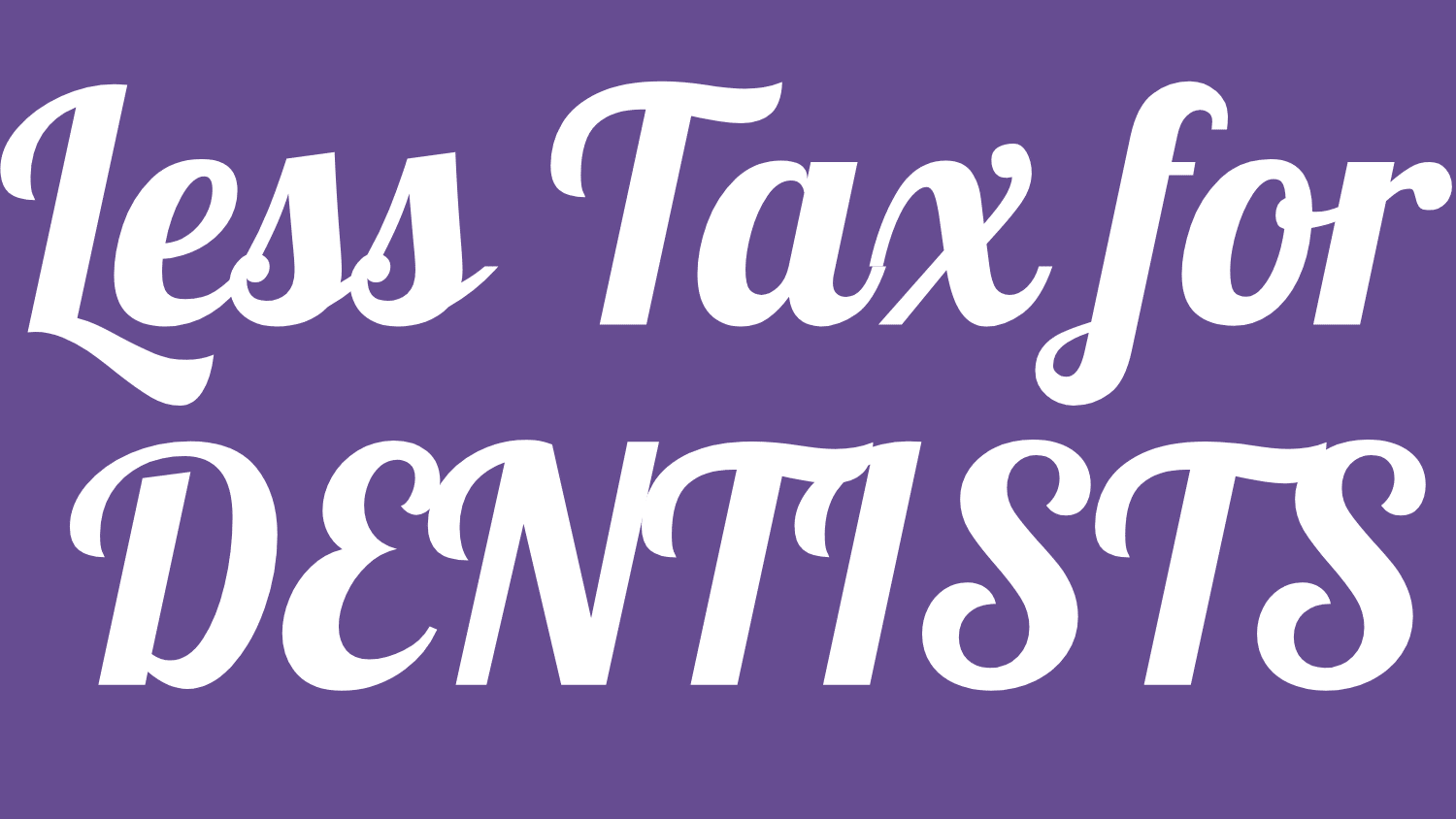Set Up Your Dental Practice P&L for Financial Clarity
Running a dental practice isn’t just about healthy smiles—it’s also about healthy finances. If you’re a dentist or practice manager and feel uncertain about your numbers, setting up a clear, easy-to-read Profit and Loss (P&L) statement can make a huge difference. In simple terms, your P&L tells you if you’re earning money or losing it. Let’s walk through how to set one up and why it matters.
What Is a P&L Statement and Why Should Dentists Care?
A P&L statement, also called an income statement, shows your revenue, costs, and profits over a period of time. Think of it like a financial report card for your practice. It answers questions like:
- How much are we earning from patient treatments?
- Are our expenses too high?
- Are we making a profit each month?
If you’ve ever wondered where the money goes—even when the waiting room is full—a P&L unlocks that mystery.
Step-by-Step: How to Set Up Your Dental Practice P&L
1. Track All Income Streams
Start by writing down ALL the income your practice earns. This includes:
- Patient payments
- Insurance reimbursements
- Product sales (like whitening kits or toothbrushes)
Record this weekly or monthly—whichever works best for your practice. Consistency is key.
2. List All Expenses
This is where you’ll see where the money goes. Common dental office expenses include:
- Salaries and payroll taxes
- Dental supplies and lab fees
- Rent and utilities
- Marketing and software tools
- Continuing education and licenses
Don’t forget smaller items—they add up fast. A good habit is to review your expenses monthly to catch any surprises.
3. Subtract Expenses from Income
This gives you your net profit. If the number is positive, great! You’re on the right track. If it’s negative, don’t panic. It just means it’s time to take a closer look at either increasing revenue or trimming expenses.
Tips for Keeping Your P&L Simple and Effective
- Use bookkeeping software like QuickBooks or Xero for accuracy and ease.
- Have a CPA or dental accountant review your P&L every quarter.
- Create categories that make sense to your team—the simpler, the better.
One dentist I spoke with said that once she had a working P&L in place, it helped her cut nearly $20,000 a year just by spotting wasted spending she never noticed before. That clarity? It’s priceless.
Why Financial Clarity Is Good for Your Patients, Too
When your finances are clear, you’re less stressed. That means you can focus more on what matters most: excellent patient care. You’re also in a better place to invest in new equipment, team training, or even growing your practice.
So, are you ready to take control of your numbers?
Start simple. Build your P&L. And watch your dental practice smile just as brightly as your patients do.




